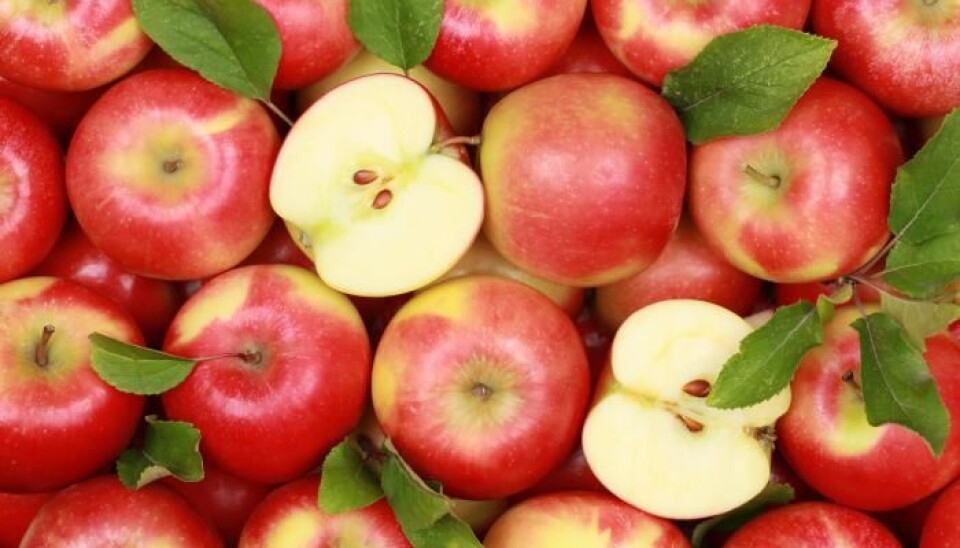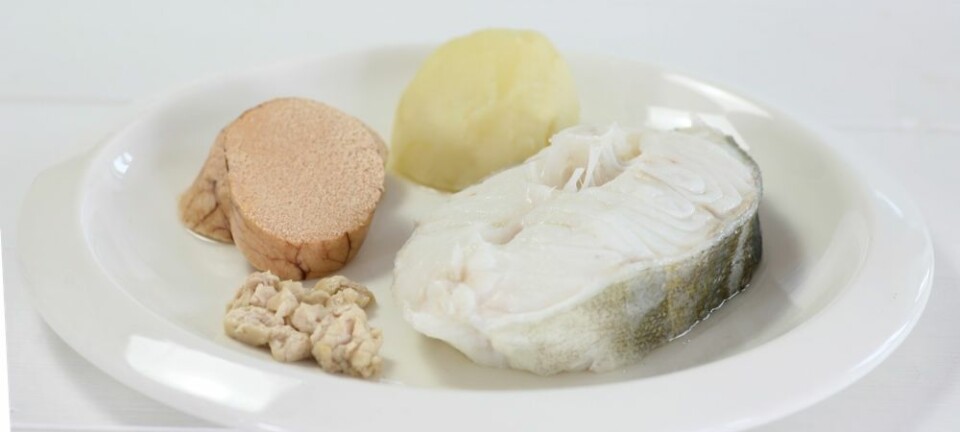
How to boost your vitamin intake
Certain types of apples or cuts of salmon contain more vitamins than others. Find out how you can optimise your vitamin intake.
Do you eat your apple with the skin on, because you heard that is where most of the vitamins are? If so, then you were almost right. New research shows that apple peel contains just as many vitamins as the rest of the fruit put together.
“We have measured the vitamin C content in both the apple peel and under the peel,” says senior researcher Pia Knuthsen from The Food Institute at the Technical University of Denmark, speaking at the International Vitamin Conference in Copenhagen.
“There is just as much vitamin C in the peel as there is in the apple flesh, despite the fact that the weight of the peeled apple is significantly higher that the peel itself,” says Knuthsen.
Different types of apple contain different amount of vitamin C
Knuthsen’s analyses also showed that there were big differences in the amounts of vitamins found within the various types of apple.

A Discovery apple for example, contains around 34 per cent of the recommended daily intake of vitamin C, whereas a Gala apple contains just three per cent.
See how other apples compare in the Fact Box.
Milk is healthiest in the summer
Milk is rich in vitamin A. But the vitamin content of milk is highest when the cow is milked in the spring or summer when they are turned out to pasture, says Knuthsen.
“Milk is lowest in vitamin A in the winter. But it increases by 50 per cent in the spring when cows come out to graze on grass, and it falls again in the autumn when the cows are taken back inside.”
Potatoes are rich in vitamin C, but you should eat them when they are just picked to get the most out of them.
After ten weeks, the vitamin C content has dropped by almost half, says Knutsen.
Vitamin D in salmon is highly variable
Fish contains lots of vitamin D, and especially salmon. But how many vitamins you get depends on which part of the fish you eat.
“The vitamin D content varies by 100 per cent, depending on which part of the fish we measure,” says conference chair Jette Jakobsen, from the Food Institute at DTU.
Most vitamin D is found towards the head of the fish, while the tail contains the least.
And fatter fish do not necessarily contain more vitamin D. In fact, it depends more on the species than the size of the fish. For example, herrings with a high percentage of fat do not necessarily contain more vitamin D than less fatty herring.
Wild salmon contains most vitamin D
Vitamin D content of fish also depends on whether the fish was farm reared or wild, as wild salmon can contain ten times as much vitamin D than farmed salmon.
“But it depends on how the fish are reared. Most likely, it’s due to the type of food that they’ve been eating,” says Jakobsen.
There is still a lot we do not know about vitamins
Vitamins were first discovered around 100 years ago, with the discovery of vitamin B1 in 1912.
“Since then, scientists from all over the world have been working to understand the role that each vitamin plays in helping the body to function normally,” writes the National Food Institute in the article ‘Vitamins for 100 years’, which was published in conjunction with the vitamin conference.
Today, scientists know of 13 essential vitamins and their bodily functions. But there is still much to learn. For example, scientists still do not know how many vitamins we should consume to achieve optimal health.
"We still know little about vitamins when it comes down to it,” says Jakobsen.
“Vitamins were discovered due to deficiency diseases and we’ve gotten a handle on how much of the different vitamins you have to have, in order to avoid these diseases. But we still don’t know enough to exploit the potential of vitamins to optimise our health," she says.
"For example, we know very little about how vitamins contribute to brain development or the aging process."
This year was the fourth International Vitamin Conference, hosted by the National Food Institute at DTU for the third time. The next vitamin conference will be held in Australia in 2018.
-------------
Read the Danish version of this article on Videnskab.dk
Translated by: Catherine Jex









